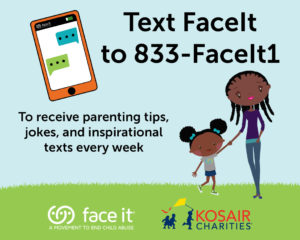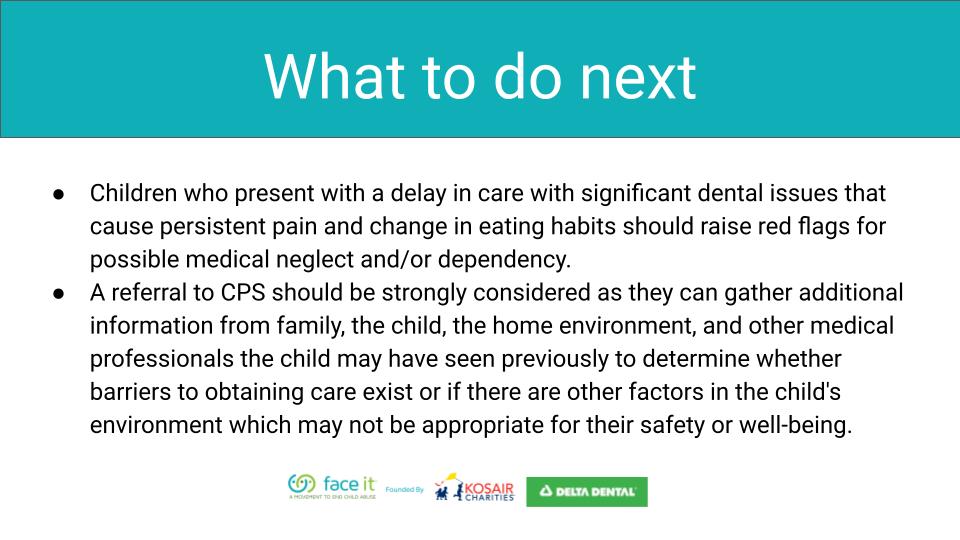Warning signs of abuse in young children: TEN-4-FACESp Bruising Rule
Kids are kids, and sometimes they play in ways that result in minor cuts, scrapes, and bruises. These minor injuries are often found on bony areas of the body like knees, shins, elbows, and foreheads. However, there are other types of bruises that should be a red flag for possible abuse.
TEN-4 is an acronym to build public awareness of how to recognize bruising in young children, encouraging caring adults to watch for bruising on the torso, ears, and neck. Recent research, however, has expanded the clinical definition of concerning bruising, revising the acronym from TEN-4 to TEN-4-FACES-p. We encourage all health professionals to become familiar with the expanded guidelines on what bruising is concerning. Recent research has identified an update to the bruising clinical decision rule (BCDR) to refine the TEN-4 rule to TEN-4-FACES-p for (TEN) torso, ears, neck, (FACES) frenulum, angle of jaw, cheeks (fleshy), eyelids, subconjunctivae (often blood spots on the white of the eye), and (p) for patterned (bite, loop, hand slap, squeeze, grab, and linear marks). The ‘4’ represents any bruising anywhere to an infant through 4 months. The rule applies only to children with bruising who are younger than 4 years. A positive response for any of these components signals a classification of abuse.
Source: Pierce MC, Kaczor K, Lorenz DJ, et al. Validation of a Clinical Decision Rule to Predict Abuse in Young Children Based on Bruising Characteristics. JAMA Network Open. 2021;4(4): e215832. doi:10.1001/jamanetworkopen.2021.5832
Learn More about Ten-4-FACESp Bruising Rule

















